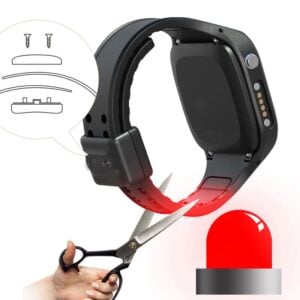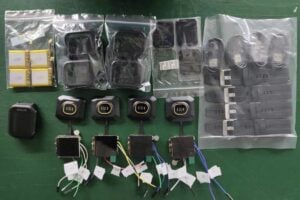HRMs One-stop Solution
iSmarch- Your Professional Heart Rate Monitor
Manufacturer & Supplier
Founded in 2015 by Aurora Manufacturing Co., Ltd, iSmarch is a leading innovative smartwatch manufacturer in China. Growing up, we were raised with a strong faith in better fitness & sports industry, and as a result, we’ve developed heart rate monitors for clients to improve their training.
With new interfaces and systems, our heart rate monitors allow people to exercise more effectively and safely.
A China-based, product-oriented, over seven years company, iSmarch is superior in offering OEM and ODM services ranging from consumer-level to medical-level watches that can monitor blood pressure and wrist-worn heart rate devices.
Table of Contents
Heart Rate Monitors Benefits- Why do you need HRMs for your business
Adjusting Exercise Intensity
Heart rate monitors (HRMs) play a critical role in managing workout intensity, especially in fat-burning exercises. They provide real-time data to help users exercise at an optimal intensity for fat burning, as the body burns fats differently at various heart rates.
Safety Through Controlled Intensity
HRMs are essential for safety, helping to prevent overexertion by allowing users to adjust their workout intensity based on heart rate feedback.
Data-Driven Training Insights
Tracking and Analysis
By storing electrical signal data, HRMs offer a wealth of information, including weekly summaries, which can be used to identify and correct training missteps.
Heart Rate Zones and Goals
Identifying the correct heart rate zone is crucial for achieving specific fitness goals. HRMs enable users to quickly ascertain whether they are in the fat-burning zone or the endurance zone during their workouts.
Continuous Health Monitoring
Resting Heart Rate and Arrhythmias
Monitoring resting heart rates is vital, particularly for those with heart conditions. HRMs provide this function, supplying important health data.
Real-Time Monitoring with Smartwatches
Advanced smartwatches use optical sensors to offer continuous heart rate monitoring, displaying a range of health metrics and providing notifications for abnormal rates.
Benefits of Real-Time Heart Rate Data
1. Reliable Fitness Data
Continuous heart rate monitoring through smartwatches offers accurate and objective data, allowing for precise assessment of cardiovascular health during fitness activities.
2. Safe Training Practices
Smartwatches help maintain a safe exercise regimen by indicating when to rest and prevent overtraining, ensuring workouts are within safe heart rate limits.
3. Enhanced Fitness Progress
Monitoring heart rate recovery times can be indicative of cardiovascular health, and tracking this metric helps in enhancing overall fitness levels.
4. On-the-Fly Workout Adjustments
With accurate heart rate data, users can dynamically adjust their workout intensity, optimizing their time and effort for better results.
Additional Features and Community Support
Comprehensive Health Tracking
Some smartwatches offer extended features such as monitoring blood oxygen, body temperature, and maintaining social distancing.
Community and Health Reports
Access to health communities and monthly heart rate reports can provide deeper insights into one’s health, potentially highlighting chronic conditions.
Using a heart rate monitor, particularly within a smartwatch, offers not only a guide to effective and safe workouts but also serves as a comprehensive health monitoring tool. The data collected can be invaluable for both immediate fitness adjustments and long-term health management.
Heart Rate Monitors Market Scope

Market Forecasting
Heart rate monitors have been a critical part of many healthcare systems over recent years.
The market for heart rate monitoring devices worldwide is projected to grow at 4.8% annually during the review period, and it is forecast to reach US$ 1980 million in 2029.
The growth heart rate monitor market may face further challenges due to the rising demand for more accurate results.
Heart Rate Monitor Segment
The market for global heart rate monitoring devices has been divided geographically into five regions: North America, Latin America, Europe, Asia Pacific, and the Middle East
The increasing health awareness and high spending on healthcare have made North America the heart rate monitor industry leader. And In the future, the market for heart rate monitors will grow due to the presence of established technologies and a growing focus on healthcare, which gives North America’s market more business opportunities.
A growing aging population and increasing patient pool are expected to drive growth in the Asia-Pacific market and make it the market leader in heart rate monitors shortly.
Factors That Drive The Growth Of The Heart Rate Monitor Market
The growing popularity of gyms, fitness and awareness of healthcare
The growing awareness of health and fitness and increasing physical activities like swimming, running, and climbing are vital to driving the heart monitor market growth. The monitor’s easy-to-use and quick-access features enhance its process.
The growing cardiovascular disease cost
A heart rate monitor is an excellent option for people suffering from high blood pressure, diabetes, and high cholesterol. And the growing number of people with ailments who don’t want to take on any additional burden will prefer to get a heart rate monitor.
Growing Trend of using wearable health devices
Market growth opportunities are also possible due to the rising popularity of smartphones compatible with heart rate monitoring devices.
Types Of Heart Rate Monitors In The Market
The market typically has three heart rate monitors: chest bands, armbands, and watches.
Chest Strap -Gold Standard
Users trust chest-worn heart rate monitors, which are widely accepted as the Gold Standard in heart rate monitoring.
Pros:
With the usage of electrode sensors to press against the body and electrocardiography for recording the heart’s electrical activity. The chest straps have a 99.6% accuracy rate.
Cons:
The main drawback of chest straps is their discomfort. The straps must be placed close enough to the skin that they do not fall halfway through. However, they should not restrict breathing. Positioning should be just below the nipple line, which is difficult for obese men and women to do.
And to help the electrical signal from the heart be transmitted to the reader, people need to sprinkle some water onto them every time they use it.
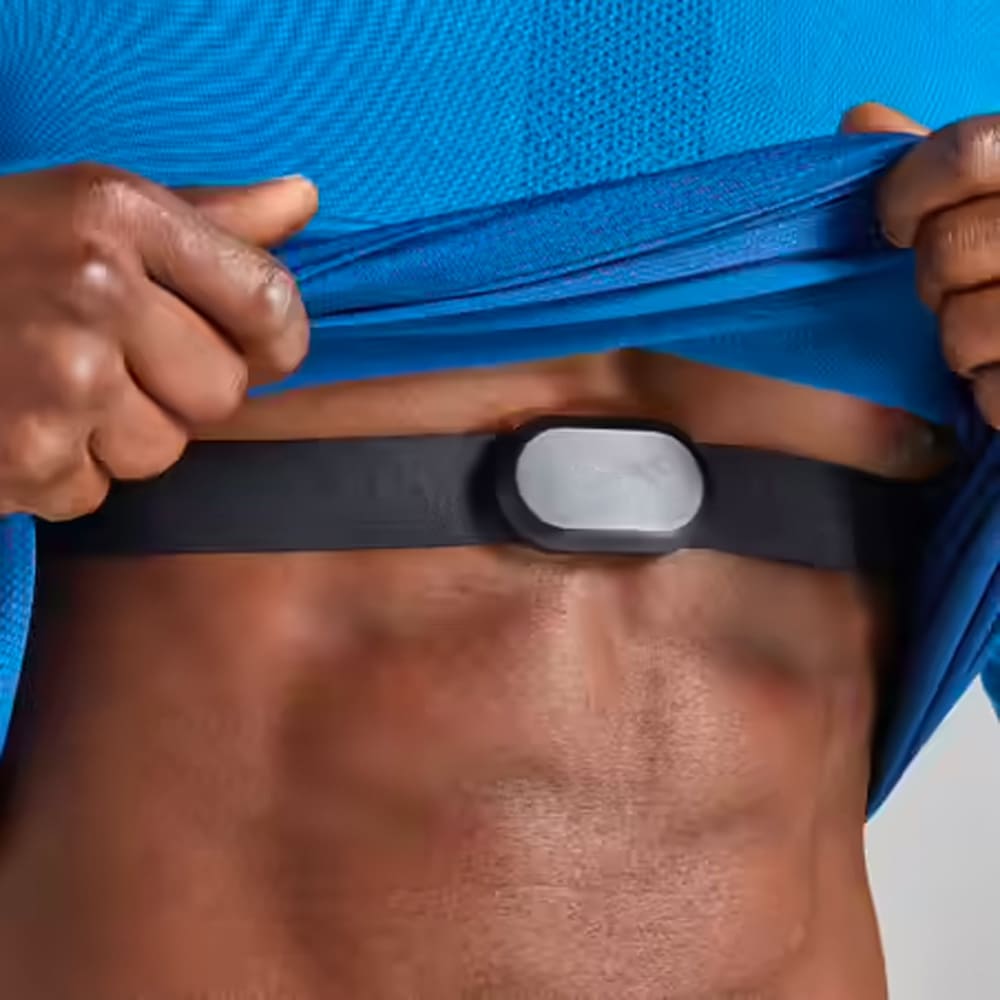
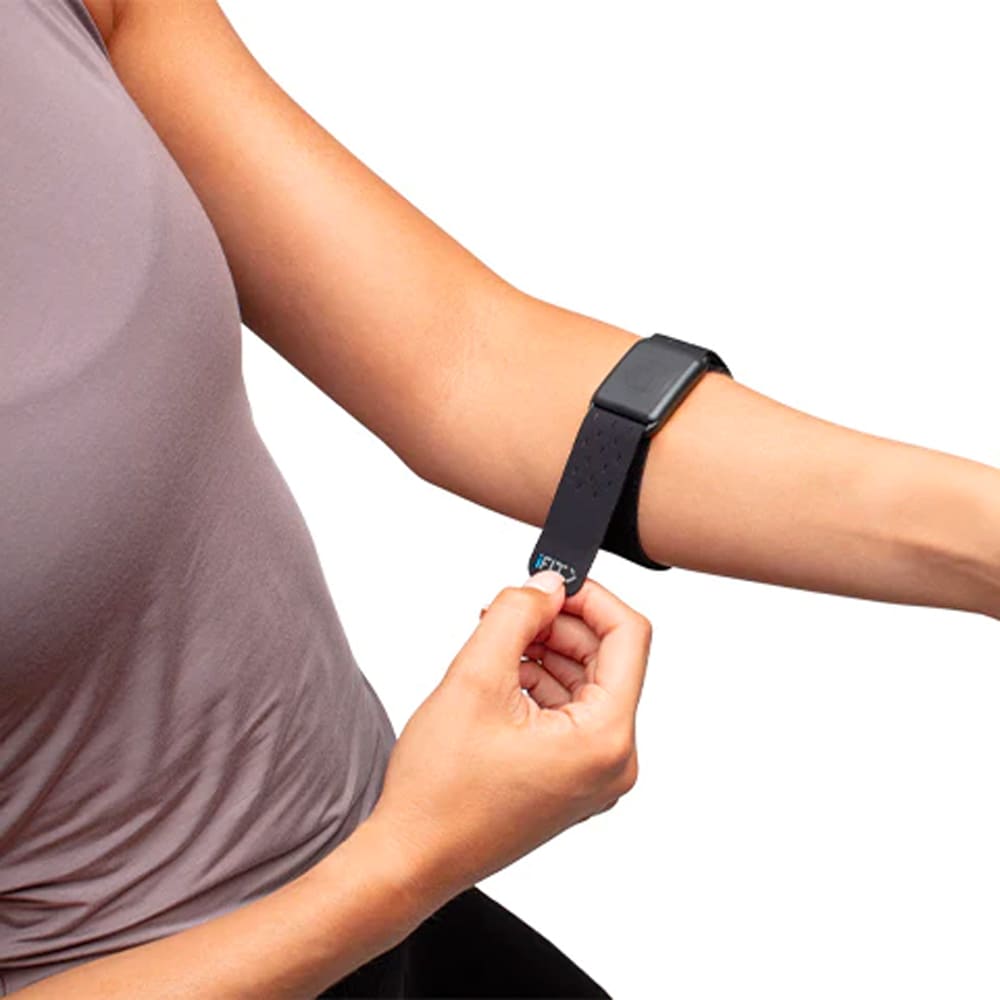
Armbands
Armbands measure the heart rate using light, often green LED lights. When the increased blood flows through the wrist, the sensors will see less of that green light reflected into your watch because more of it will be absorbed by hemoglobin. And it gives a heart rate value based on the collected information.
Although they may not be as precise as the chest strap, armbands offer more convenience and are more comfortable for everyday wear.
Wrist-worn monitors (Smartwatches or fitness trackers)
Wrist-worn monitors work in the same way as armbands. They flicker the light when blood flows through the wrist and indicate how often the heart beats.
They don’t usually provide as much accuracy as chest-worn heart monitors. Because they are worn on the wrist, optical heartbeat sensors read blood flow when it is further from the heart.
The accuracy also is affected when people move their arms or flex their wrists.
But why do many people still prefer the smartwatch over the more accurate chest strap to monitor their heart rate? This brings us to the next topic- heart rate monitor target users.
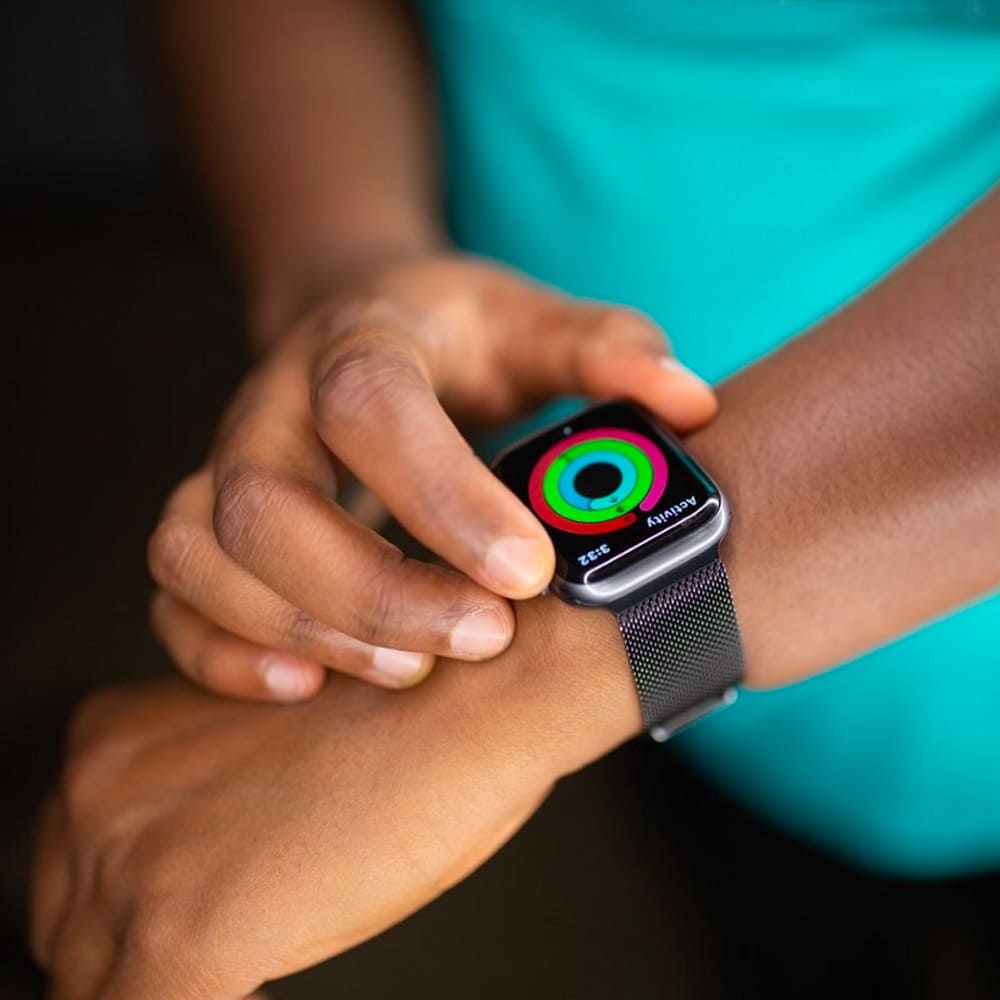
Target Users Of Heart Rate Monitors
While consumers seek a primary heart monitor, athletes with more specific needs a more precise one. Each type has its pros and cons, so make sure to choose the best suitable one for your application.
Clinics, hospitals, and other professionals require chest-worn devices to ensure accurate results. However, some sports centers believe that wrist-worn devices will be sufficient for their training needs.
For individuals, chest-worn monitoring is more appropriate for triathletes, serious runners, and other competitive athletes who use data for practical training.
Wrist-worn monitoring devices such as smartwatches and fitness trackers or armbands can be used for recreational purposes. They are great for cyclists, joggers, and walkers who aim to build a base of aerobic and fat-burning power during more accessible sessions.
The reason is that users are likelier to have lower heart rates during easy activity and less blood running through them. The less blood flowing, the higher the accurate monitoring. Not to mention the ones who use the wrist-worn device to look at their resting heart rate.
Additionally, wrist-based HRMs allow for 24-hour monitoring. For starters, having something on their wrist can be more comfortable than on the chest.
iSmarch's Solution For Heart Rate Monitor
While wrist-based monitors are accurate for low-intensity activity, they aren’t as precise for high-intensity workouts.
We did a vigorous 10-minute exercise test to compare the accuracy of chest-worn HR monitors and iSmarch watches, and it is evident that the look has a slight delay in its value at the beginning but grows fast to follow the chest strap.
Although iSmarch’s optical monitors for heart-rate monitoring are not 100% accurate, they should be sufficient for those who need real-time tracking but don’t care too much about point-to-point precision.
You can see the below video If you are interested in the full comparison test of chest straps vs. armbands vs. watches.
The Accurate Heart Rate Smartwatches We Offer
Top-class PPG sensor and advanced algorithm to guarantee our smartwatch heart rate accuracy and quality. Our talented in-house engineers develop medical-grade heart rates and leading the smart wearable market.
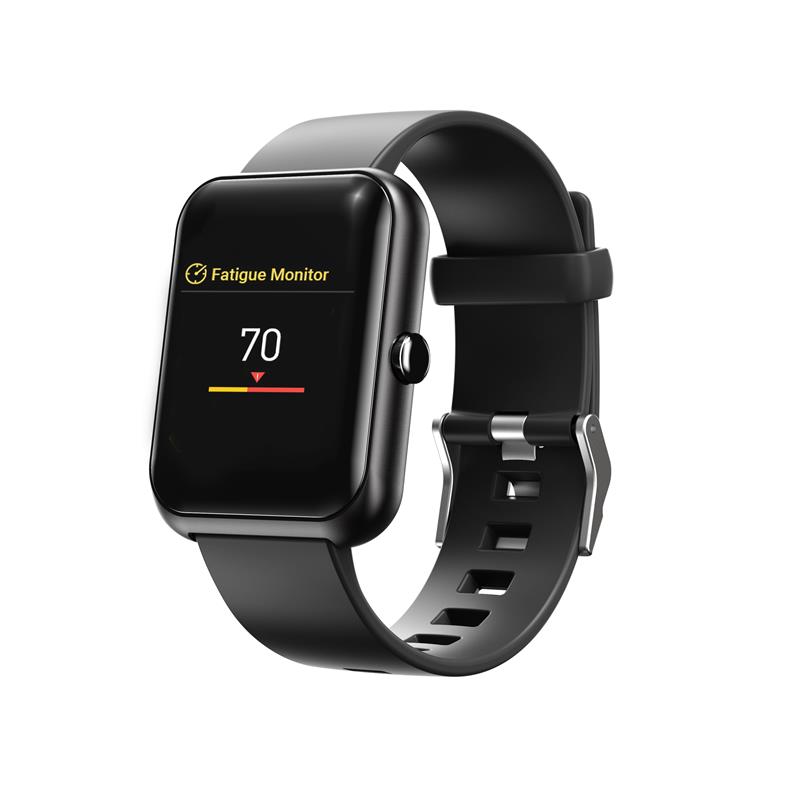
Healthcare Smartwatch
Best smartwatch for healthcare application such as patients remote monitoring, online doctors, professional fitness training. X3plus-hto2 is the most compelete features including high-accraucy heart rate, Spo2, blood pressure…
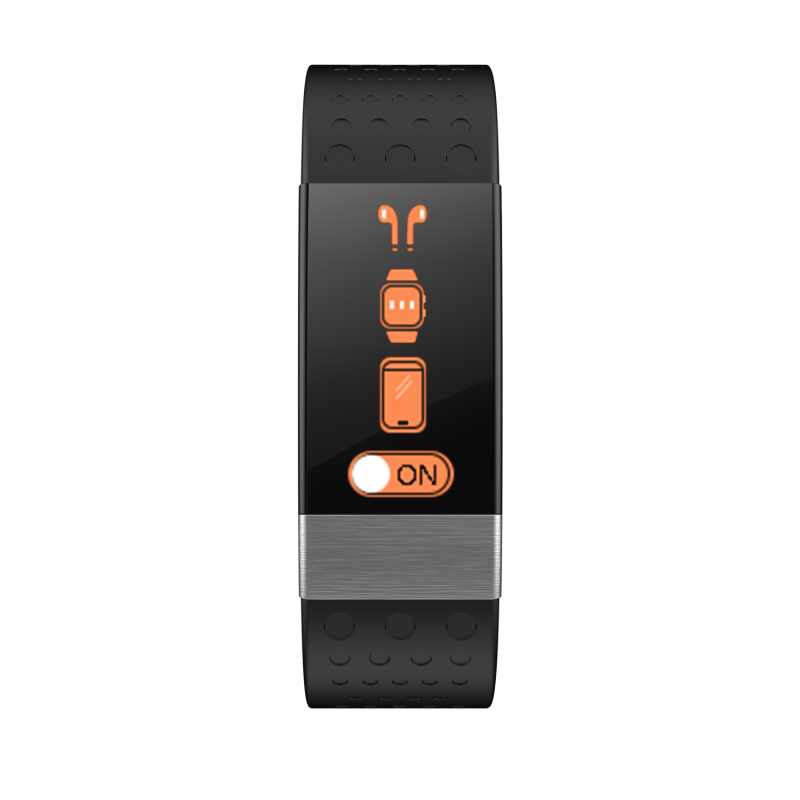
Smart Band for Audlts
W5-hto2 is our hot selling smart band for adults. Adopt a Nordic CPU chip to ensure accuracy and quality. Heart rate, social distancing, and body temperature alarm are the best selling points. They are widely used for Covid-19 prevention.
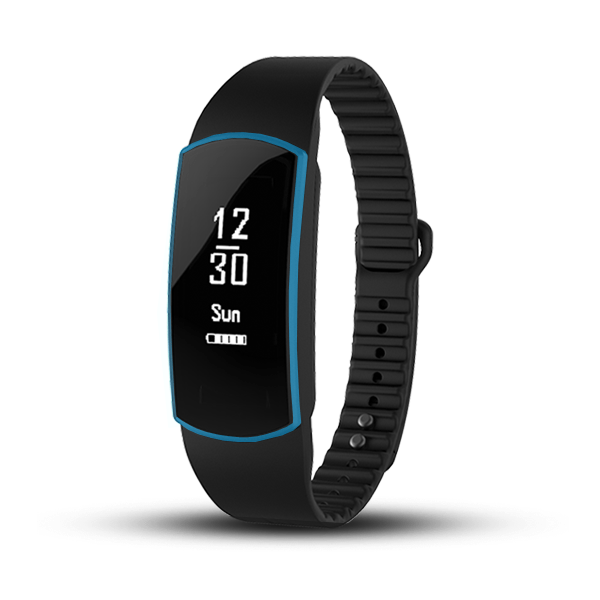
Smart Band For Kids
Sh0-hto2 smart band is specially designed for kids. Smaller strap for a smart campus for heart rate monitoring to see their HRV, sleeping monitoring, and sports training to see the heart rate change. Already use a lot in the different worldwide campus.
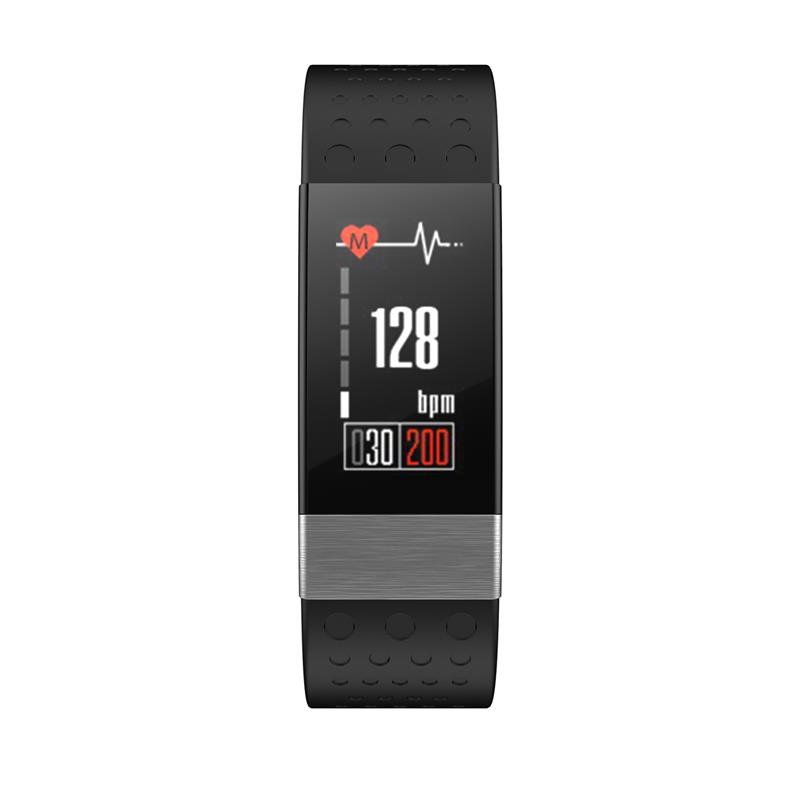
Newest Smart Bracelet
Best smart bracelet for healthcare application with lower cost compares to a smartwatch. Adopt high accuracy Nordic CPU chip, widely used for chronic disease management and remote monitoring.
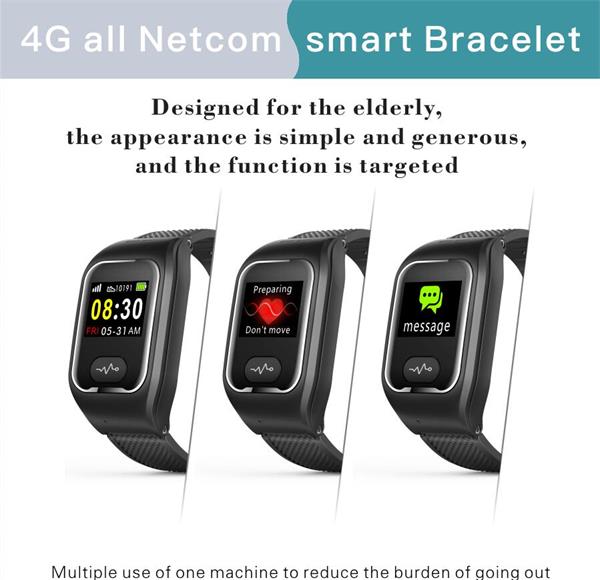
Senior Smartwatch
4G SIM card Cellular smartwatch for elderly, it includes heart rate, Spo2, and fall detection SOS button. With a watch on your wrist, make calls, take calls, and provide healthcare reports with App. Seniors smartwatch to take care of the security and health.
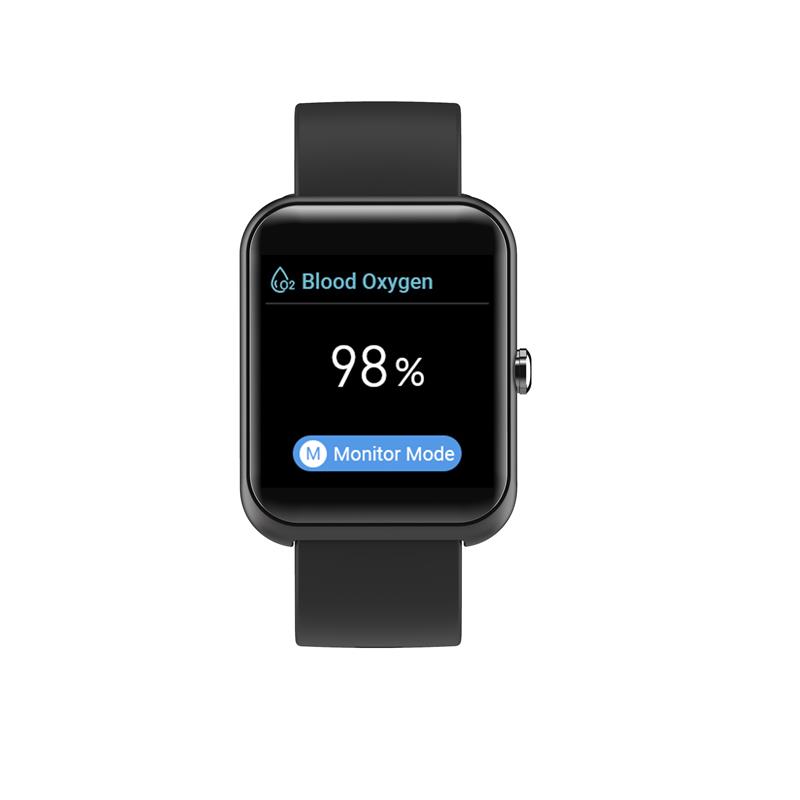
Healthcare Smartwatch
Best smartwatch for healthcare application such as patients remote monitoring, online doctors, professional fitness training. X3plus-hto2 is the most compelete features including high-accraucy heart rate, Spo2, blood pressure…
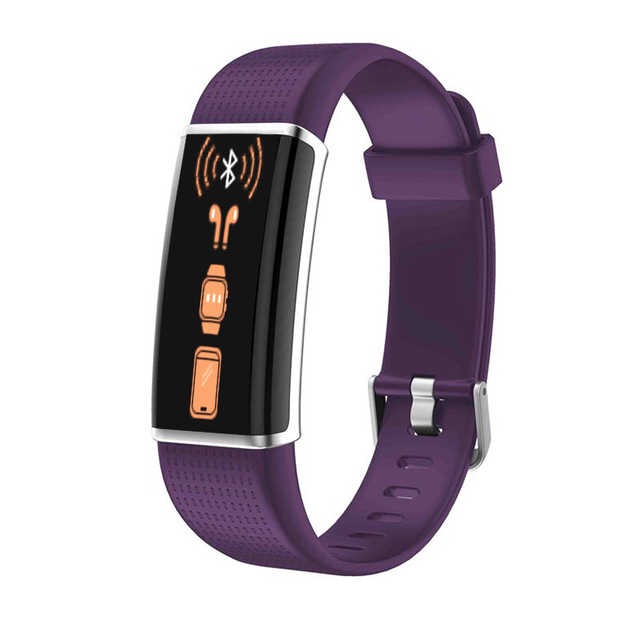
Advanced Smart Bracelet
W5-hto2 is our hot selling fitness tracker for adults. Adopt a Nordic CPU chip to ensure accuracy and quality. Heart rate, social distancing, and body temperature alarm are the best selling points. They are widely used for Covid-19 prevention.
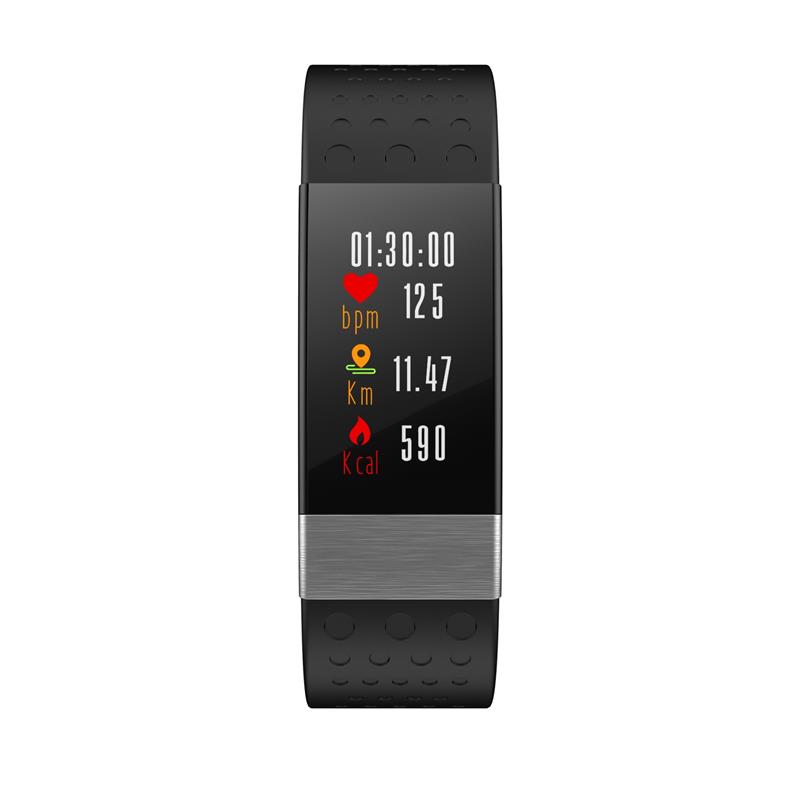
Heart-Rate Smart Band
Best smart bracelet for healthcare application with lower cost compares to a smartwatch. Adopt high accuracy Nordic CPU chip, widely used for chronic disease management and remote monitoring.
Heart Rate Monitor OEM & ODM Service
OEM Service
OEM service is available for all iSmarch products, also known as private labeling. You can make the product more appropriate to be sold under your brand.
It is also possible to make some minor customizations, such as custom UI and language, custom boxes, or provide regular updates for the smartwatch software.
ODM Service
ODM can be a profitable business model. We welcome new product ideas and are open to building smartwatches based on your requirements. You will then sell them under your brand.
We have years of ODM experience and can offer you a complete ODM (Original Designer Manufacturer) smartwatch service to meet your needs. We can simply ask you what functions you require, the level of accuracy needed, and what design style you prefer. Then, we will work with you on every stage of product development, from conception to final assembly and shipping.
ODM Process
Top 10 Heart Rate Monitor Manufacturers & Suppliers
iSmarch
iSmarch, a global leader in smartwatches, smart bands, and related wearable gadgets, has been providing customized smart wearable devices and services for seven years. Thanks to a robust and talented R&D engineering team and a broad product line, iSmarch has provided large and small brands with innovative wearable device R&D and manufacturing.
Apple Inc
The leading American manufacturer of smartphones, tablet computers, and personal computers. Their smartwatches are the golden standard in the market in terms of accuracy of heart rate, Spo2, and the new crash detection.
Samsung Electronics Co. Ltd
As a South Korean multinational electronics firm, their heart rate monitor can be used with a compatible Samsung phone to record, store, and share ECG reports and check the heart rhythm and blood oxygen levels.
Fitbit International Limited
The company has sold over 120 million wearables and 29,000,000 users in over 100 nations. Using their trackers, it is easy to track vital health metrics like heart rate and skin temperature. This allows users to spot trends and make changes to their well-being.
Visiomed Group SA
Visiomed Group SA is a France-based company developing medical electronics health products.
Beurer GmbH
Beurer GmbH, a German Mittelstand producer of electrical devices that promote health and well-being, is a family-owned company. Their PM25 chest strap supports users’ daily exercise routine with an accurate ECG heartbeat measurement.
Omron Healthcare, Inc
They are a leader in blood pressure innovation worldwide. Their smartwatch, HeartGuide (clinically accurate wearable blood pressure monitor), is available to track heart data and learn about people’s heart health.
LG Electronics Inc
A multinational electronics company based in South Korea, they offer innovative smart technology wearables. Their HRM Earphones, which combine advanced activity-tracking technology with biometric data, play an integral role in helping people to reach and maintain their fitness goals.
TomTom International
TomTom, a Dutch multinational developer and manufacturer of location technology as well as consumer electronics was established in 1991. Their music fitness watch, which can serve multiple purposes, is a fitness monitor, music player, and heart rate monitors all in one device.
Wahoo Fitness LLC
Wahoo Fitness, based in Atlanta, Georgia, is a fitness technology company. Their product line includes indoor trainers, intelligent bikes, bicycling and heart rate sensors, multisport watches, GPS devices, and other products for all levels. TICKR can monitor your heart rate and calories burned while you exercise or do any other activity.
4 Steps to Find A Trustable Heart Rate Monitor Manufacturer
Get contact details of heart rate monitor manufacturers from Alibabab.com, google, or exhibitions
Keep your eyes on the configuration of the CPU and the heart rate sensors on all watch your suppliers offering. If you are concerned about sleep accuracy, check the G-sensor or gyroscope to decide the most suitable ones based on your needs
Get suitable samples according to your suppliers’ specifications and compare them with Garmin or Polar to see how many gaps there are.
Check the background of the manufacturers you are going to cooperate with, making sure they are responsible enterprises with rich watches production experience and good feedback
Why iSmarch is Your Best Choice Heart Rate Monitor Supplier?
Strong Research & Development Ability
Strict Quality Management
Marketing Support
Heart Rate Monitor FAQ
A heart monitor (HRM), a personal monitoring device, measures and displays your heart rate and pulse in real-time. It also records the heartbeat for later analysis. It is used to monitor heart rate and perform various types of exercise.
For Chest-worn heart rate monitor
The chest straps are equipped with sensors at the back that pick up electrical signals from the heart. They calculate the time between each impulse and then use that information to instantly determine what heart rate would be if everyone kept the same beat pattern for a whole minute. It works similarly to an electrocardiogram(ECG)
Two parts make up some chest-worn heart monitoring systems: a transmitter attached to a belt that wraps around the chest and a receiver that can be worn on the wrist, just like a watch.
For wrist-worn heart rate monitor
Fitness tracker heart rate monitors, on the other side, use optical sensors that detect blood flowing through veins.
These watches are equipped with optical heart-rate sensors that light up and give off green light when they are activated. The light reflects from the skin to determine heart rate using the relative algorithm.
Your heart rate and your pulse are connected. Although they are technically the same, your pulse and heart rates differ. Your pulse rate is how many times your heart beats each minute. While a heart rate measures heart rate, it measures contractions (heartbeats).
